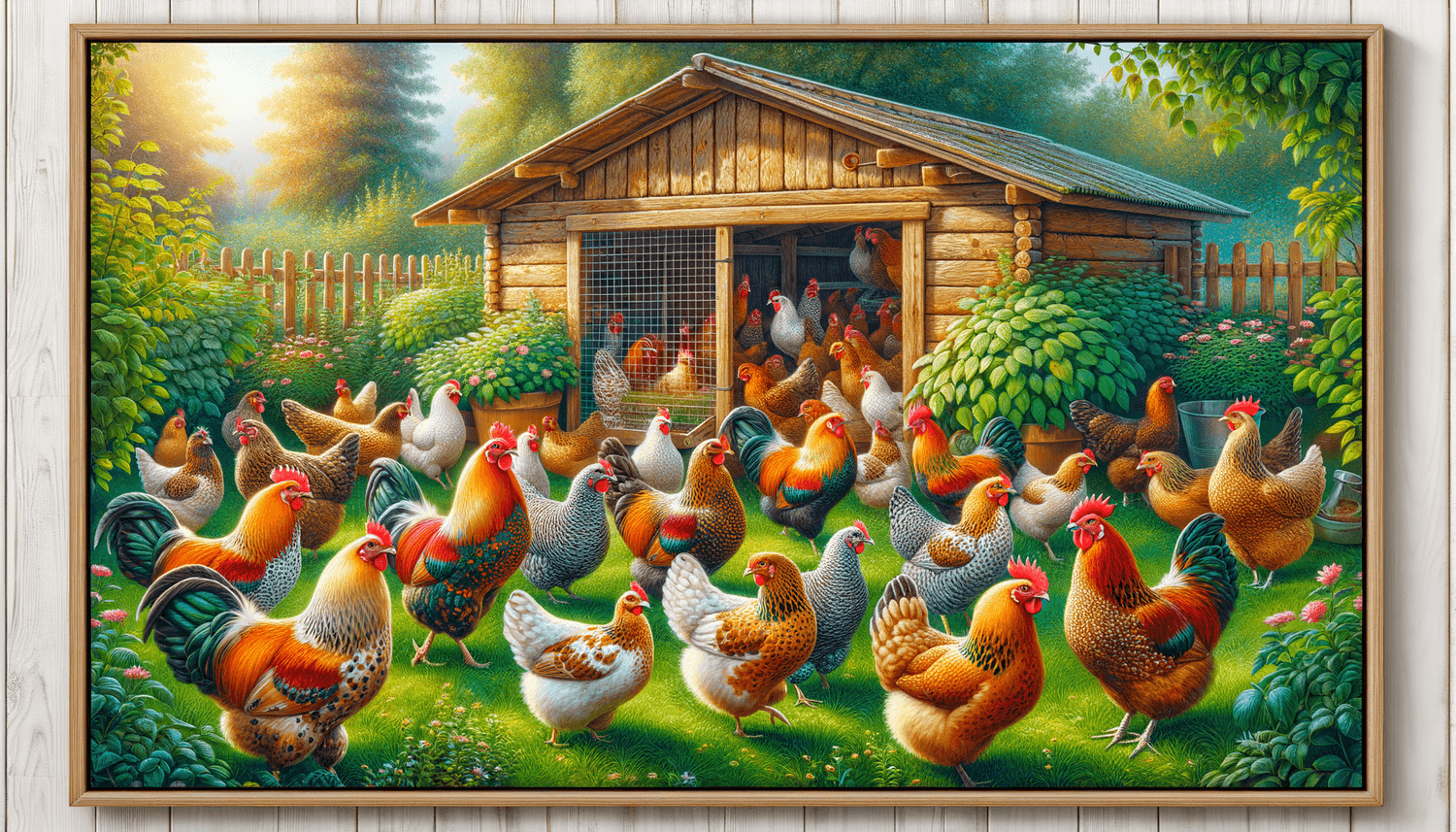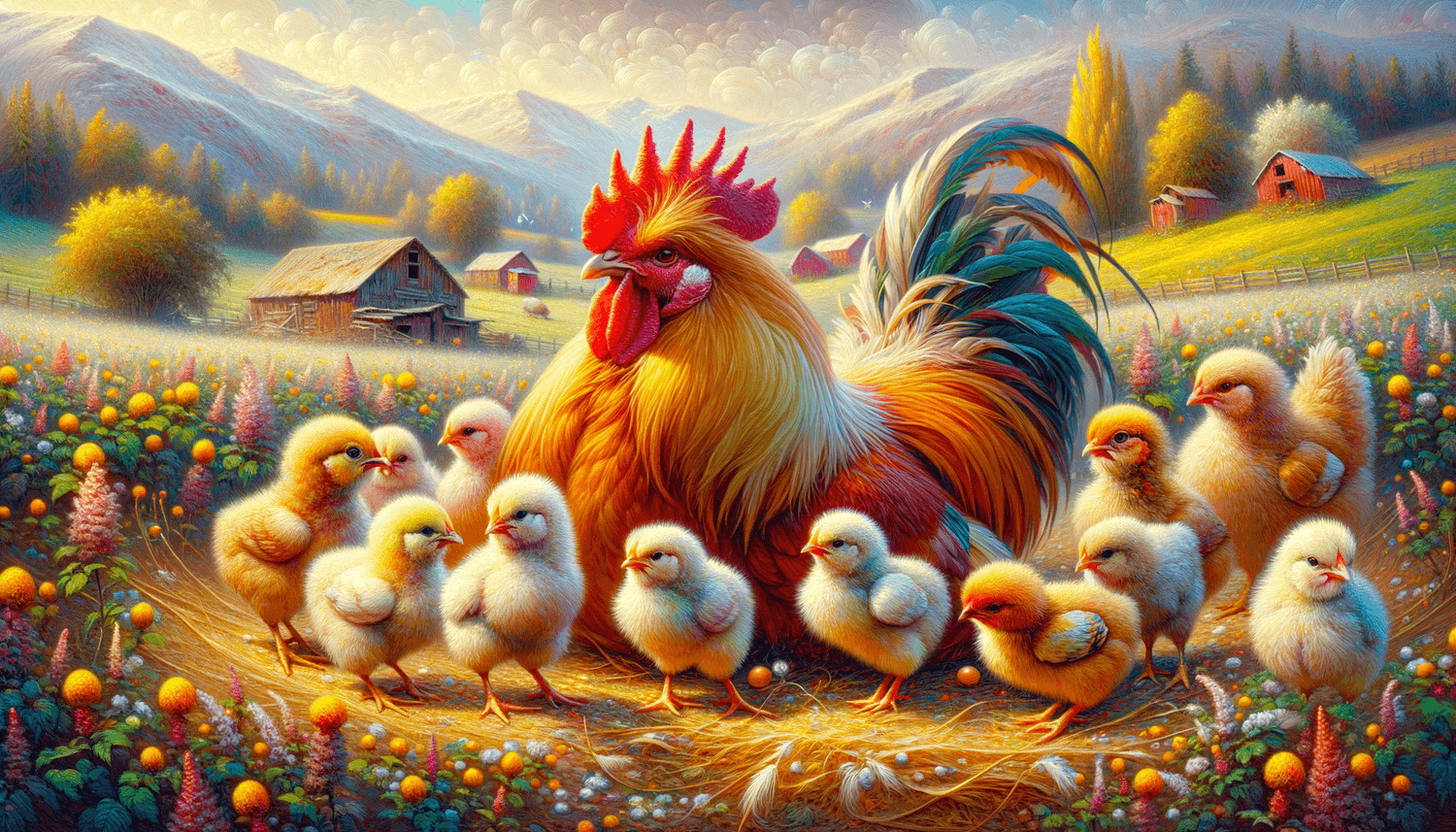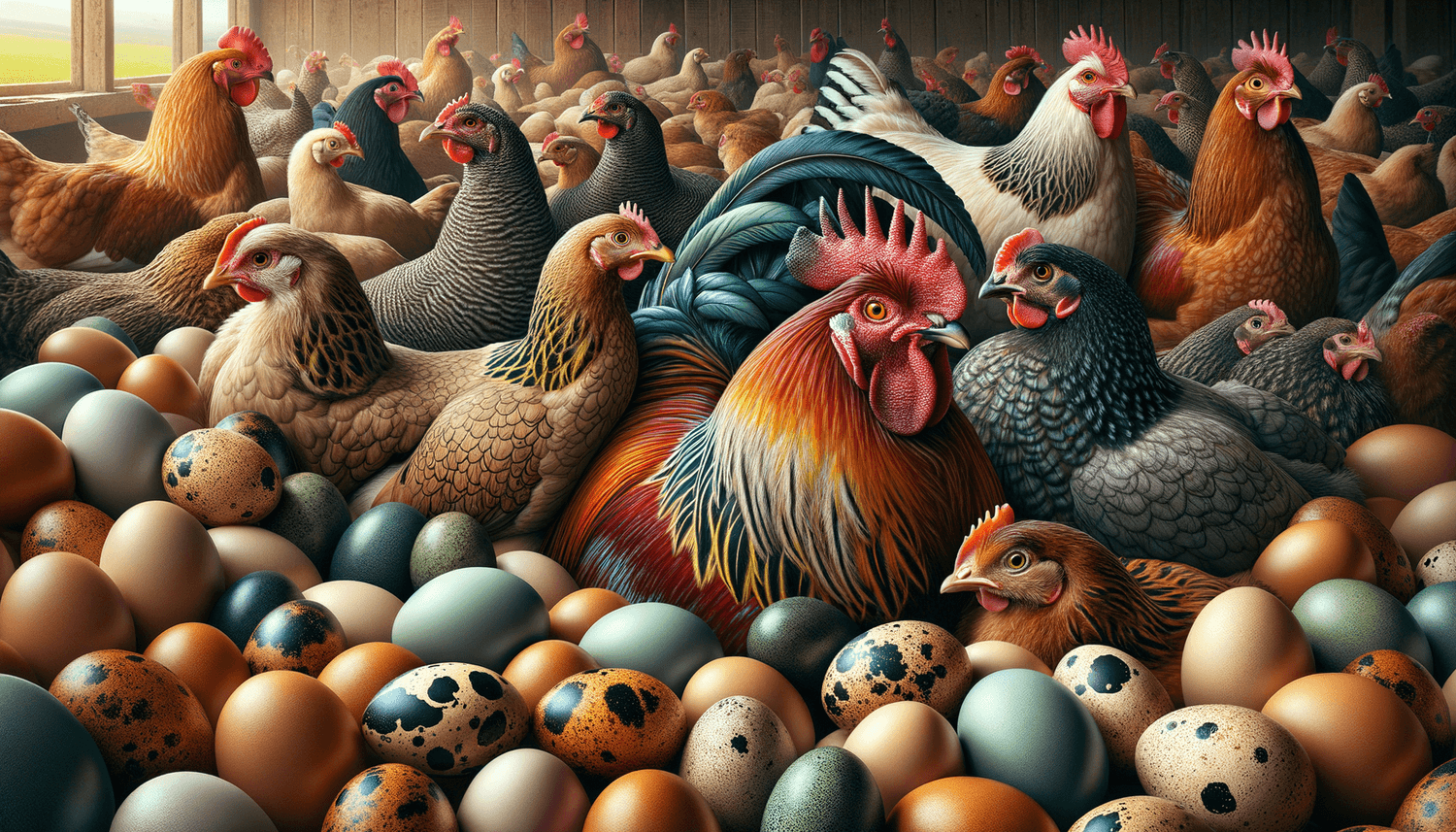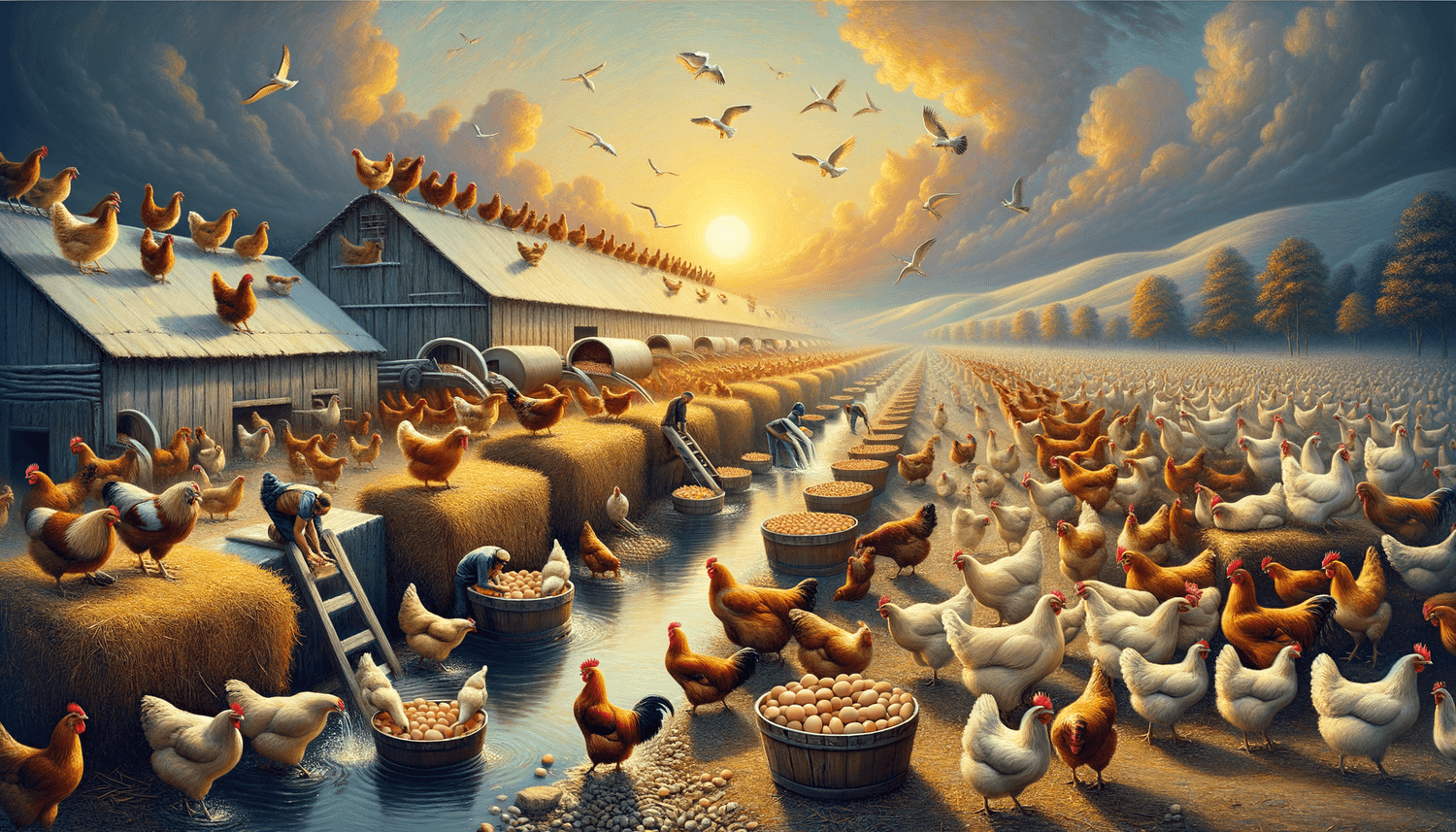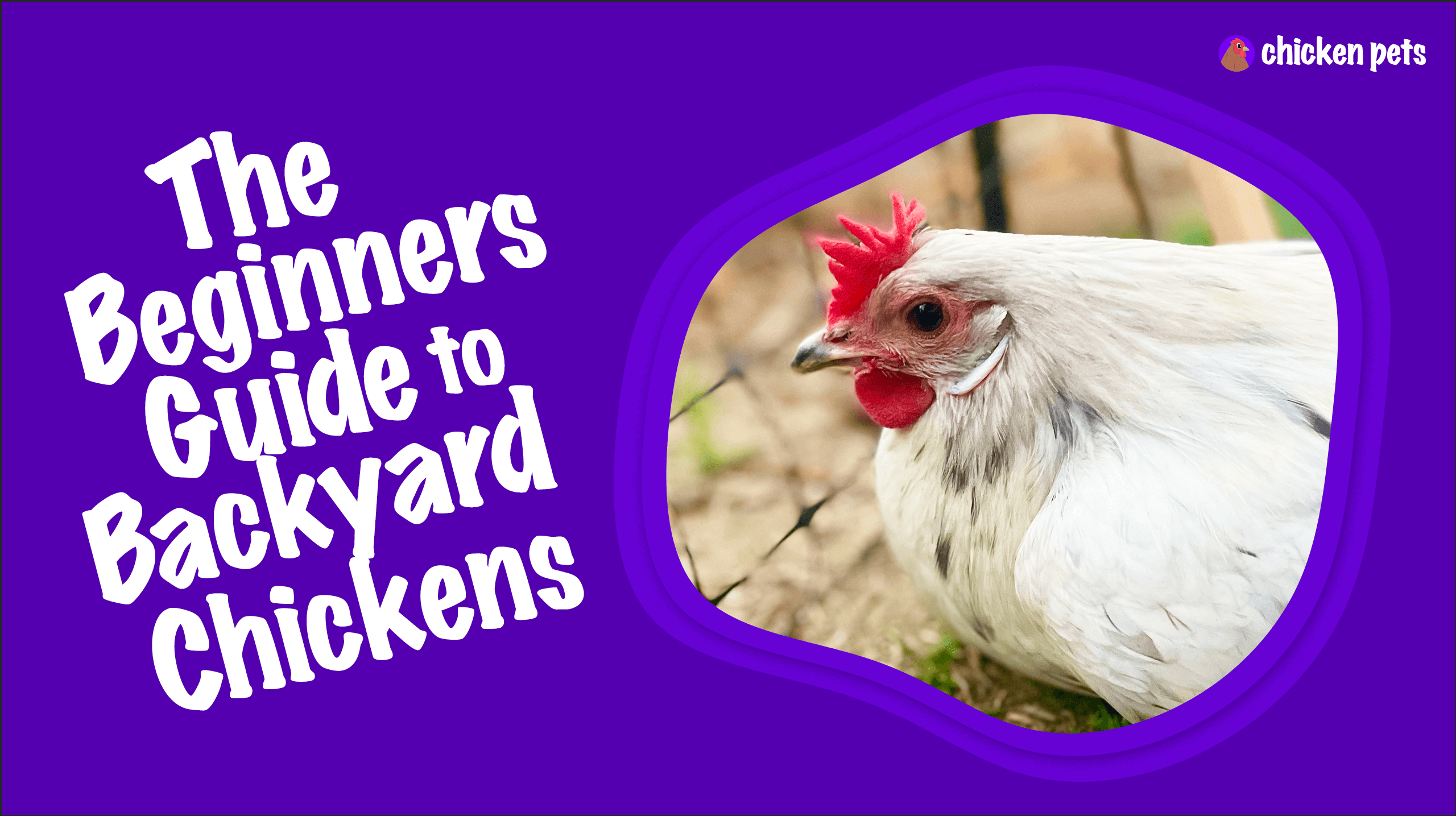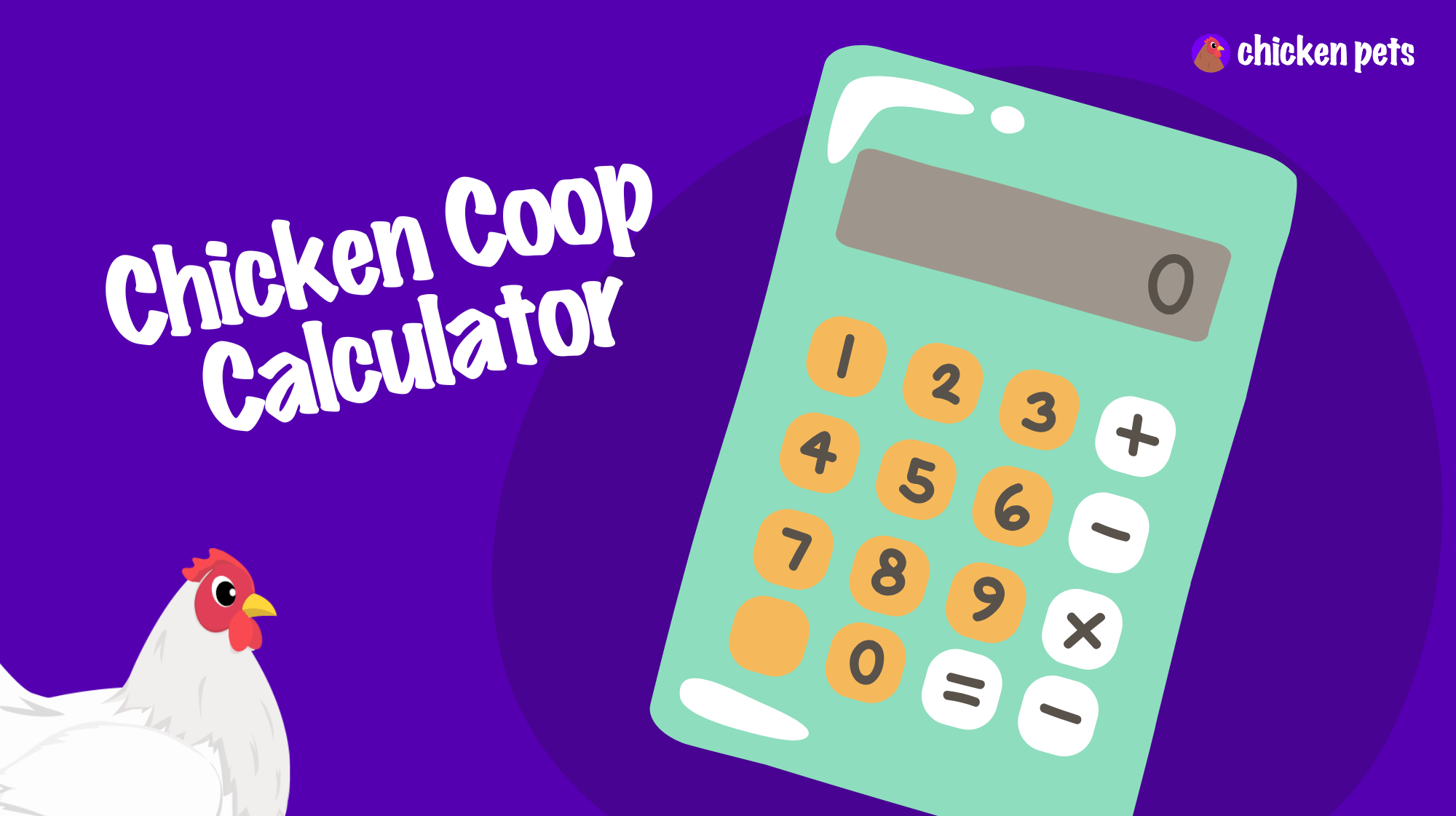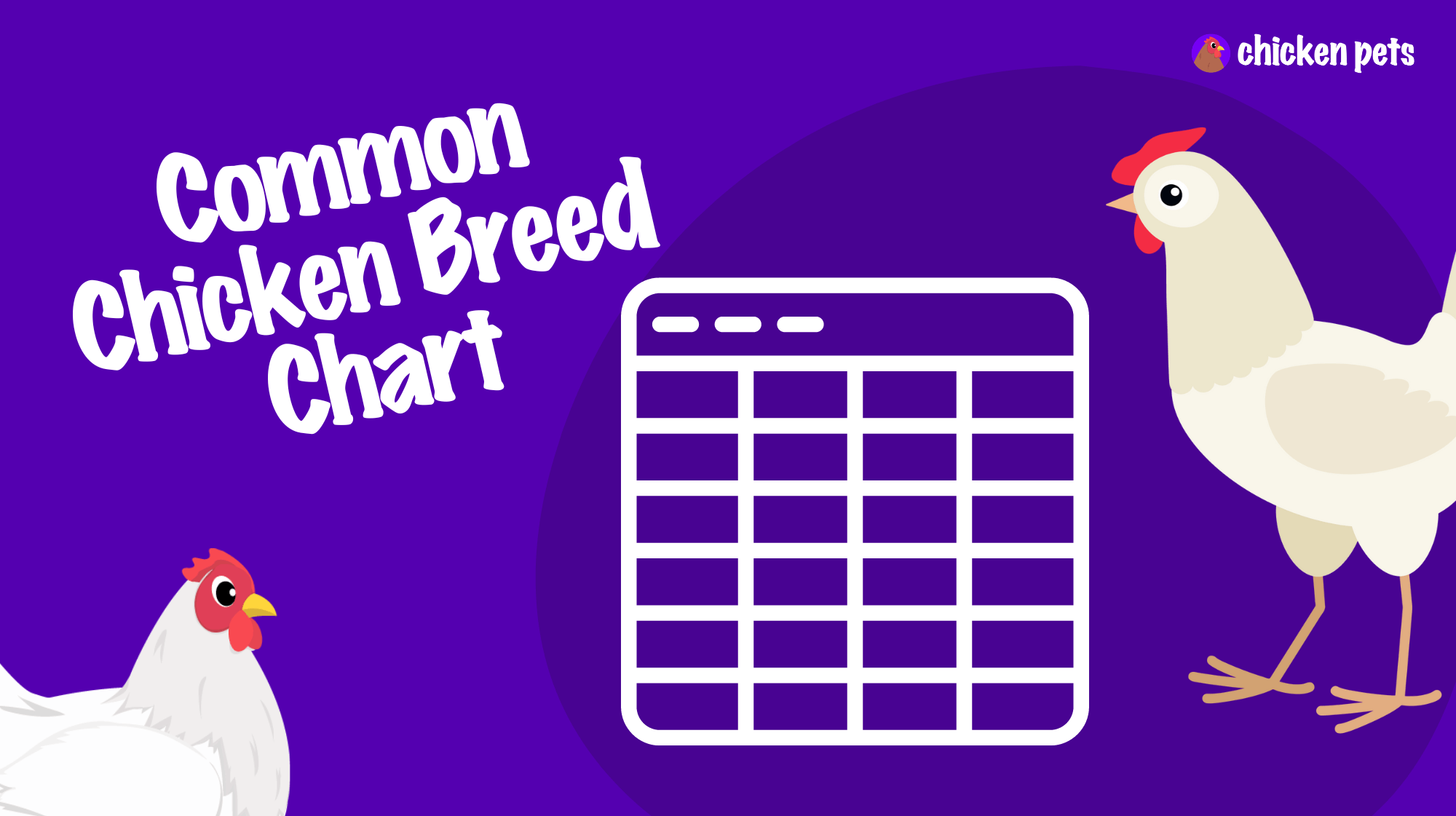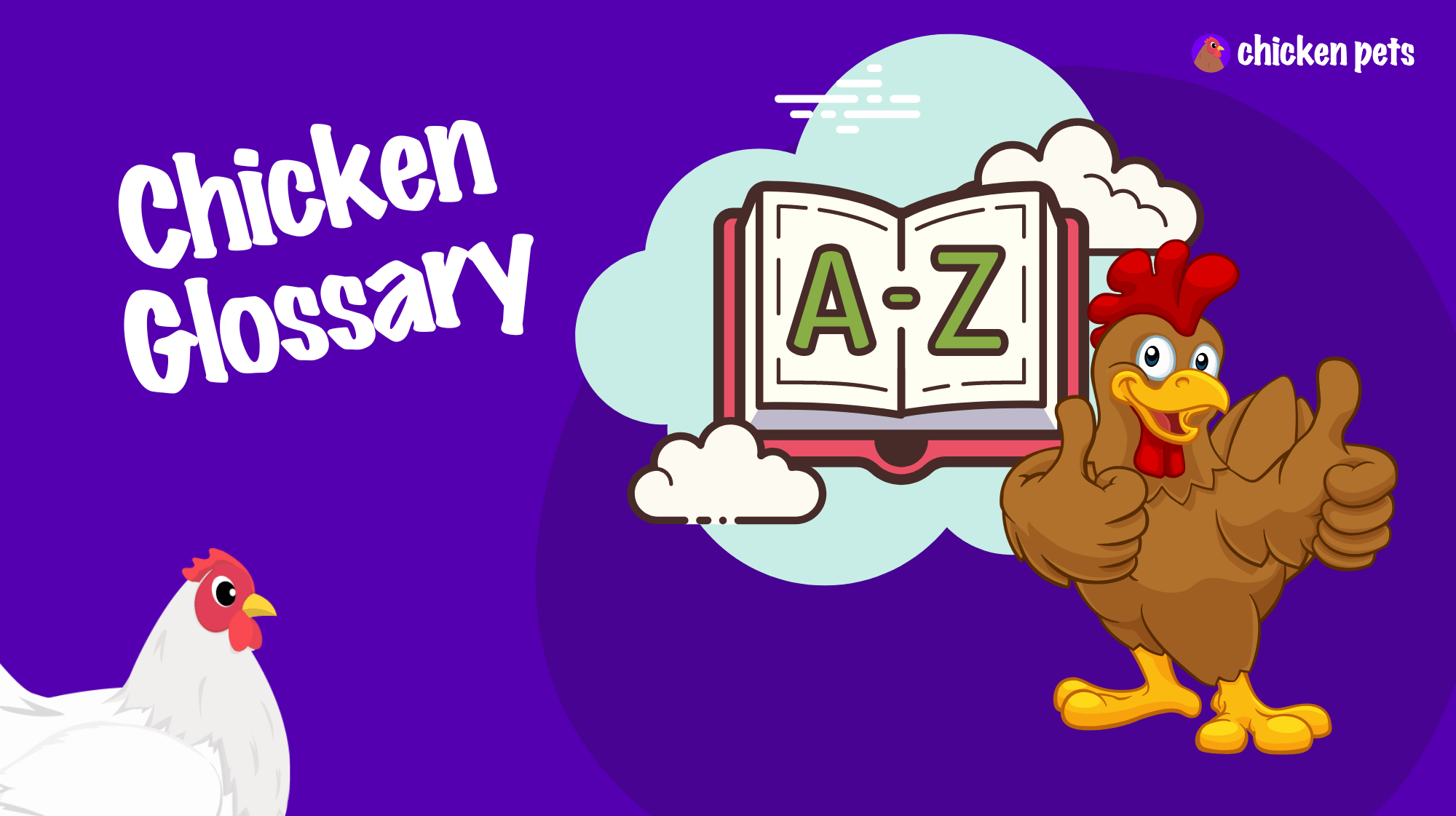Definition of Cull (Culling)
Cull (Culling) refers to the process of selectively removing chickens or poultry from a flock due to illness, poor productivity, or other undesirable qualities. This practice aims to maintain the overall health, efficiency, and profitability of the flock by eliminating individuals that could negatively impact the remaining birds. Culling can also help prevent the spread of disease and ensure that only the strongest and healthiest birds are present for breeding purposes.
Importance of Cull (Culling) for Backyard Chicken Owners and Enthusiasts
Culling is a relevant and crucial practice for backyard chicken owners and enthusiasts as it helps maintain the overall health and well-being of their poultry flock. By identifying and removing unproductive, sick, or undesirable birds, caretakers can ensure that the available resources and space are effectively utilized by the healthiest and most productive members of the flock.
Additionally, culling plays a significant role in disease prevention and control. Backyard chicken flocks can be susceptible to a variety of illnesses, and removing sick or potentially infected individuals can help prevent the spread of diseases to the rest of the flock. This is particularly important for smaller-scale poultry keepers with limited space and resources, as an unchecked spread of disease could have devastating consequences.
Furthermore, for chicken enthusiasts interested in breeding, culling helps maintain or improve the genetics of the flock. By keeping only the highest quality birds for breeding, caretakers can ensure the development of a stronger and healthier lineage for future generations.
How Cull (Culling) Works in Chickens and Poultry
Culling in chickens and poultry involves identifying and removing specific birds from the flock based on varying criteria that affect flock health, productivity, and genetic quality. Generally, the process is initiated through regular observation and health checks, during which the caretaker assesses each bird for signs of illness, deformities, or unproductiveness.
While examining the birds, caretakers should look for indicators such as poor body condition, missing or damaged feathers, external parasites, deformities, or irregular egg production. Additionally, attention should also be given to the bird’s behavior as indications of illness may include lethargy, uneven gait, breathing difficulties, or unwillingness to perch or nest with the flock.
Once an individual bird has been identified for culling, the method of removal may vary. In some cases, ailing or unproductive birds can be separated and relocated to an isolated area within the backyard to monitor and administer relevant treatment. In other cases, particularly when dealing with severe illness or poor genetic traits, the bird may be euthanized in a humane manner. The decision to euthanize a bird should be based on the severity of the condition, the potential risk to the rest of the flock, and the likelihood of recuperation, among other factors.
Practical Application of Cull (Culling) for Backyard Chicken Owners
Backyard chicken owners can apply the practice of culling to their flock to maintain its health, productivity, and genetic quality. The following are some tips on how to effectively incorporate culling into your backyard poultry management:
1. Regular assessment: Routinely observing your flock and performing health checks is vital in identifying any birds that may require culling. Familiarize yourself with the signs of common illnesses, poor body condition, and other problematic traits in chickens.
2. Record keeping: Maintain records for each bird, including information on its age, breed, egg production, health, and other relevant data. By doing so, you can more easily identify patterns of poor productivity or health issues that warrant culling.
3. Isolation and treatment: If a bird requires culling due to illness or injury, first consider separating the bird from the rest of the flock for appropriate treatment. Always follow your local guidelines and consult with a veterinarian if you’re unsure about a bird’s condition or the proper course of action.
4. Humane euthanasia: In cases where euthanasia is deemed necessary, ensure that you follow ethical and humane guidelines to minimize stress and suffering for the bird. Your local poultry association or livestock veterinarian can provide guidance on the appropriate methods for your situation.
5. Continuous improvement: Implement culling practices as a part of your ongoing flock management strategy. By addressing the need for culling proactively, you can prevent potential issues from escalating and maintain a healthy and productive backyard flock.
Tips & Recommendations for Cull (Culling) in Optimal Chicken Care
When it comes to culling chickens and maintaining the health and productivity of your backyard flock, following best practices and practical advice can improve your poultry management skills. The tips and recommendations provided below can ensure your culling strategy remains effective, humane, and focused on the welfare of the flock:
1. Be proactive: Don’t wait for a detrimental issue to arise within your flock; stay vigilant and actively monitor your birds for any signs of illness, unproductiveness, or abnormalities. Identifying and addressing issues early can prevent significant problems down the road.
2. Establish criteria: Develop a set of clear and consistent criteria to determine when culling is necessary. Having established guidelines can help ensure that you remain objective in your decision-making process, even when faced with challenging situations.
- Age: Older hens tend to produce fewer eggs and may consume more resources compared to their productivity, so culling could be implemented based on a predetermined age threshold.
- Health: As previously mentioned, signs of illness, injury, or parasites are critical criteria to consider when deciding whether a bird should be culled.
- Productivity: Hens with consistently low egg production, or roosters that don’t effectively fertilize eggs, may need to be culled to maintain flock efficiency.
- Genetics: Chickens with undesirable genetic traits or deformities should be culled to prevent these issues from being passed on to future generations.
3. Seek guidance and support: Connect with other backyard chicken owners, local poultry associations, or consult with a livestock veterinarian for advice and support when it comes to culling. Their experiences and recommendations can provide you with valuable insights and guidance in making culling decisions.
4. Proper disposal: After culling a bird, be sure to follow your local regulations regarding disposal or utilization of the carcass. If euthanizing due to illness, take necessary precautions to prevent the spread of contagious diseases and consult with a veterinary professional for guidance on proper disposal.
5. Focus on welfare: Above all, prioritize the welfare and overall well-being of your flock. Culling decisions should ultimately contribute to a healthier, happier, and more productive environment for your birds.
Additional Information on Cull (Culling) for Chicken and Poultry Management
Beyond the aspects already covered, there is additional information regarding culling in chickens and poultry management that can further help backyard chicken owners and enthusiasts better understand and apply this practice. These additional insights can enhance the knowledge and decision-making process when it comes to culling:
1. Legal considerations: In some regions, there may be specific laws, regulations, or guidelines in place related to euthanasia, bird disposal, or flock management. Ensure that you are aware of and comply with any local requirements in order to adhere to best practices and avoid potential legal issues.
2. Emotional aspects: Recognize that culling decisions, particularly involving euthanasia, can be emotionally challenging for backyard chicken owners. It is crucial to prioritize the well-being of your flock, but it is also important to acknowledge and process personal emotions that may arise during the culling process. Connecting with supportive communities or seeking professional guidance can help with coping.
3. Culling equipment: Utilizing the proper equipment when culling chickens is essential for maintaining welfare and ensuring efficiency. Some devices, like broomstick cullers or specialized cones, may be preferable for offering a quick and humane method of euthanasia, while gloves and catch nets can help safely and effectively isolate or transport birds that require culling.
4. Biosecurity: Understanding and implementing biosecurity measures while culling can help prevent the spread of diseases among your backyard flock. This can include using separate tools for each bird when necessary or properly sanitizing equipment and clothing after culling. It is especially important to maintain strict biosecurity when dealing with contagious diseases, as these can devastate a small backyard flock if left unchecked.
Frequently Asked Questions about Cull (Culling)
When it comes to culling chickens and poultry management, several questions are commonly asked by backyard chicken owners and enthusiasts. The following frequently asked questions provide concise, easy-to-understand answers that can help clarify misconceptions and offer additional insights related to culling:
1. How do I know when it’s time to cull a chicken?
It’s time to consider culling a chicken when it exhibits signs of poor health, unproductiveness, or genetic issues that negatively impact the overall well-being and productivity of the flock. Examples include a significant decline in egg production, severe illness, or visible deformities that impede the bird’s ability to function.
2. What’s the best method to cull a chicken humanely?
The best method to cull a chicken humanely involves causing the least amount of stress and suffering for the bird. Methods like cervical dislocation (through tools like a broomstick culler) or the use of specialized cones are considered humane, as they result in quick, efficient euthanasia. Always follow local guidelines and consult with an expert if unsure of the best approach.
3. Can I consume a culled chicken?
It depends on the reason for culling. If the chicken was culled due to poor productivity or age but was otherwise healthy, its meat can be safely consumed. However, if a bird was culled as a result of illness, disease, or other health issues, it’s recommended to consult a veterinary professional for guidance, as consumption might not be safe.
4. How can I determine which birds to cull from my flock?
Establish criteria for culling based on age, health, productivity, and genetics. Regularly observe your flock and keep records of each bird’s age, health, egg production, and other relevant information. Based on your criteria, identify which birds are negatively impacting the overall health and productivity of your flock, and consider culling them to maintain optimal flock quality.
5. Should I cull a bird that shows aggression?
Aggressiveness could be temporary or might be the result of an easily-solved environmental issue. However, if a continually aggressive bird poses a threat to the safety and well-being of your flock, it may be necessary to consider culling the bird to protect the other chickens and prevent unnecessary stress and harm.
6. When I cull a chicken, what do I do with the carcass?
Your local regulations will determine how you should handle the carcass after culling a chicken. Some places allow for burial or composting, while others specify approved disposal methods. Always check your local laws to ensure proper disposal or utilization of a culled chicken carcass, especially in cases of illness.
7. How can I prevent the need for frequent culling in my flock?
To minimize the need for frequent culling, focus on preventive measures and proper flock management practices. Provide a clean, safe, and stress-free environment for your birds, and ensure they receive appropriate nutrition, healthcare, and attention. Implement biosecurity measures to prevent the spread of diseases, and be proactive in addressing health and productivity issues within your flock.


